15 Unbelievable Historical Conflicts That Started Over Food
Throughout history, food has served as more than mere sustenance; it has been a catalyst for change, a symbol of authority, and occasionally, a source of conflict. From ancient empires to contemporary nations, struggles over food resources have led to wars, revolutions, and social unrest.
These disputes often reveal deeper economic, political, and cultural tensions within societies. Here are 15 pivotal historical moments when food played a key role in sparking conflicts. These events highlight the profound influence of food and resources on the course of societies and their futures.
The Irish Potato Famine (1845-1852)
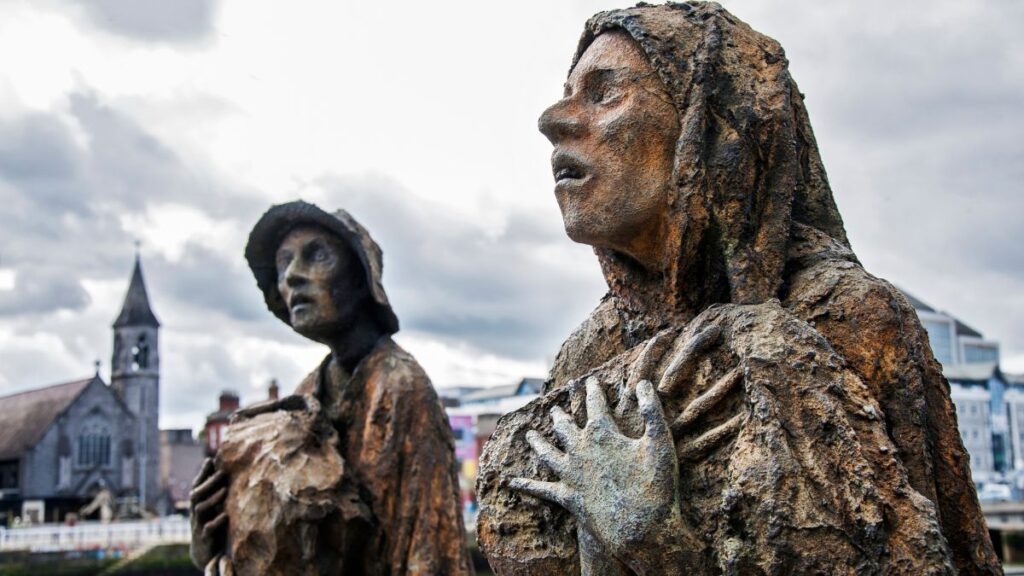
The Irish Potato Famine was a devastating period of mass starvation and disease in Ireland. The failure of the potato crop, a staple food, led to widespread hunger. British policies and inadequate relief efforts worsened the crisis, leading to resentment and anti-British sentiment.
Over a million people died, and another million left, drastically changing the Irish population. The famine intensified Irish nationalist movements, ultimately contributing to the fight for independence. The event remains a true example of how food shortages can lead to political and social upheaval.
The Salt March (1930)
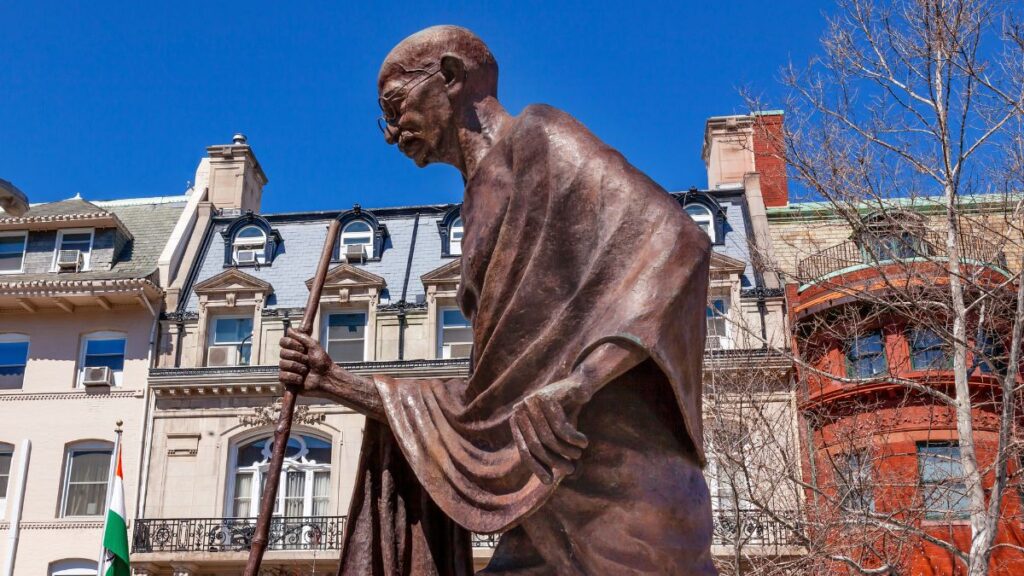
The Salt March, led by Mahatma Gandhi, was pivotal in the Indian independence movement. British colonial rulers imposed a monopoly on salt production and a tax that severely affected the Indian population.
In response, Gandhi organized a 240-mile march to the Arabian Sea to produce salt illegally. This civil disobedience strengthened Indian resistance against British rule and drew international attention to the cause. The Salt March demonstrated how controlling essential food resources can become a powerful political protest and change tool.
The Boston Tea Party (1773)
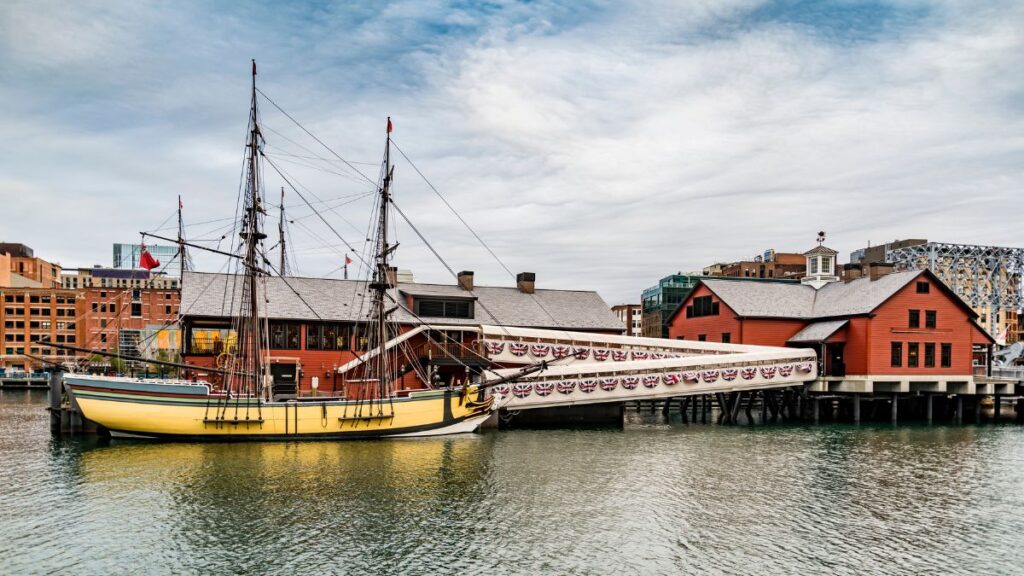
The Boston Tea Party was an important act of defiance against British colonial rule in America. In protest of the Tea Act, which imposed taxes on tea without colonial representation, American colonists boarded British ships and dumped an entire shipment of tea into Boston Harbor.
This rebellion was fueled by anger over taxation and economic control, symbolized by the highly-consumed beverage. The Boston Tea Party escalated tensions between Britain and the colonies, leading to the American Revolutionary War. It remains a landmark event illustrating how food and drink can become symbols of broader political struggles.
The Opium Wars (1839-1860)

The Opium Wars between China and Britain were partly rooted in conflicts over trade and the flow of goods, including food. The British desire to balance trade deficits with China led to the illegal importation of opium, which had devastating effects on Chinese society.
In retaliation, China attempted to suppress the opium trade, leading to military confrontations. While opium was the primary issue, the wars also involved broader economic and resource disputes, including the control of tea and other commodities. The Opium Wars significantly altered Sino-British relations and opened China to foreign influence and trade.
The Whiskey Rebellion (1791-1794)

The Whiskey Rebellion was an uprising in the United States against an excise tax on whiskey imposed by the federal government. Farmers in western Pennsylvania, who relied on distilling surplus grain into whiskey, saw the tax as unfair and burdensome.
The rebellion highlighted the tension between federal authority and local economic interests. President George Washington’s decision to use military force to suppress the rebellion was a significant test of federal power. The event also highlighted how taxation on food and drink can provoke resistance and challenge the government’s authority.
The Bread Riots (1917)
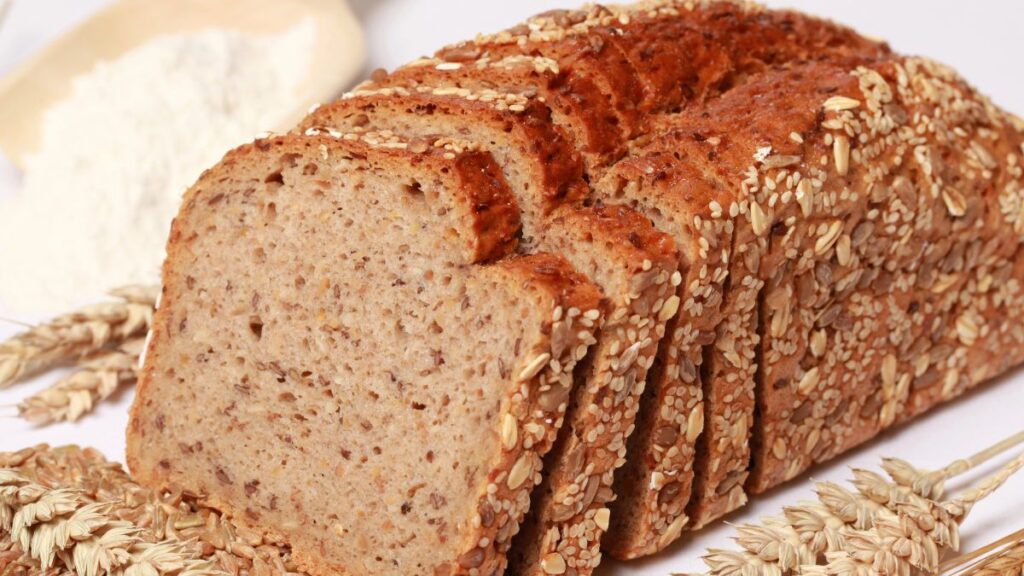
The Bread Riots of 1917 in Russia were a crucial precursor to the Russian Revolution. Widespread food shortages and skyrocketing bread prices fueled public unhappiness, leading to mass protests and strikes. The riots, mainly led by women, highlighted the dire economic conditions and the failure of the Tsarist regime to address basic needs.
The unrest quickly escalated into broader demands for political change, contributing to the fall of the Romanov dynasty. The Bread Riots demonstrate how food scarcity can catalyze revolutionary movements and profound political change.
The Bengal Famine (1943)

The Bengal Famine of 1943 was a catastrophic event during British rule in India, resulting in the deaths of millions due to starvation and disease. Wartime policies, crop failures, and food supply diversion worsened the famine.
Public outrage and criticism of the British administration’s crisis handling fueled nationalist sentiments. The famine highlighted the devastating impact of colonial exploitation and mismanagement on local populations. It played a significant role in the growing demand for Indian independence.
The Corn Laws (1815-1846)

The Corn Laws were tariffs and trade restrictions on imported grain enforced by the British government to protect domestic agriculture. These laws led to high food prices and widespread discontent among the working class, who struggled to afford basic staples.
The opposition to the Corn Laws became a central issue for the Anti-Corn Law League, which advocated for free trade and lower food prices. The eventual repeal of the Corn Laws in 1846 marked a significant victory for the free trade movement and alleviated food shortages. This conflict illustrates how food policy can impact economic conditions and social stability.
The French Revolution (1789-1799)
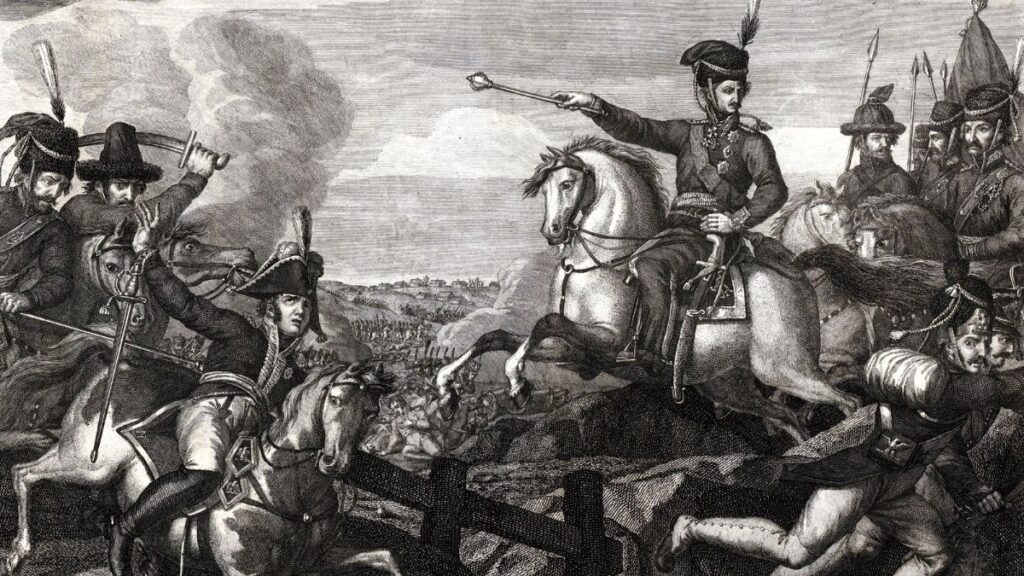
Political, economic, and social factors, including severe food shortages and high bread prices, drove the French Revolution. The financial crisis and mismanagement by the monarchy led to widespread hunger and discontent among the populace.
The storming of the Bastille and subsequent revolutionary activities were fueled by the people’s desperation for food and necessities. The revolution radically transformed French society and government, leading to the rise of the Republic. It underscores how food scarcity and economic hardship can ignite widespread social and political upheaval.
The Battle of the Beans (1637)

The Battle of the Beans conflicted between the Puritans of the Massachusetts Bay Colony and the Pequot tribe. The Puritans accused the Pequots of stealing crops, including beans, leading to a violent confrontation. This skirmish was part of the larger Pequot War, fueled by competition over land and resources.
The conflict resulted in the near-destruction of the Pequot tribe and highlighted the tensions between Native Americans and European settlers. The Battle of the Beans demonstrates how disputes over food and resources can escalate into broader conflicts.
The Cod Wars (1958-1976)

The Cod Wars were a series of confrontations between the United Kingdom and Iceland over fishing rights in the North Atlantic. Iceland’s extension of its fishing limits threatened British access to valuable cod stocks, leading to repeated clashes.
These disputes involved naval vessels and resulted in economic losses and political tensions. The Cod Wars underscore the importance of food resources, particularly seafood, in national interests and international relations. They also highlight the potential for conflict over access to and control of food supplies.
The Peasant’s Revolt (1381)
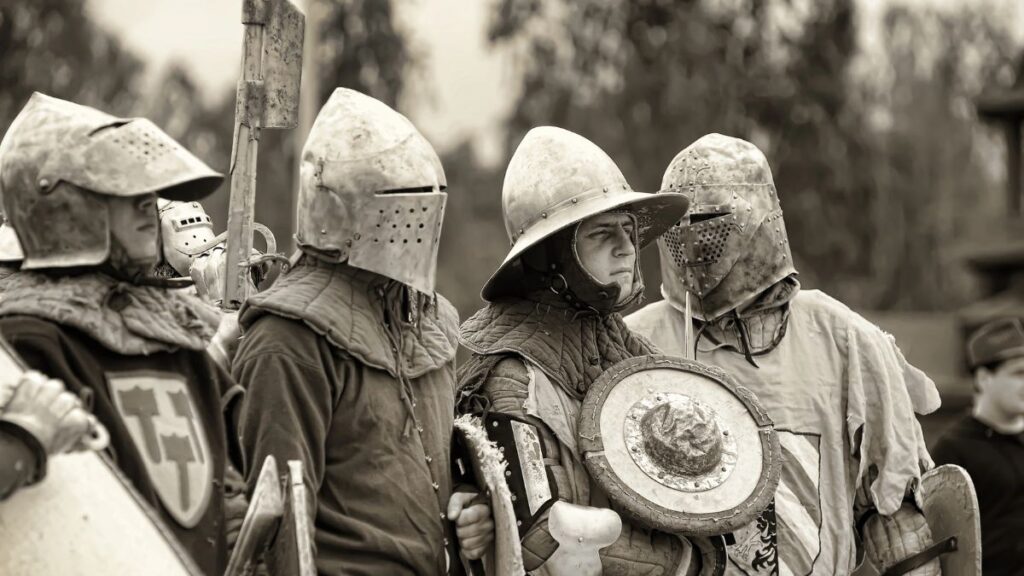
Economic hardships, including high taxes and food shortages, fueled England’s Peasant’s Revolt. The imposition of a poll tax and the Black Death’s economic impact exacerbated the peasantry’s plight.
The revolt saw widespread violence and demands for economic and social reforms. Although it was ultimately suppressed, it highlighted the deep-seated grievances related to food security and economic inequality. The Peasant’s Revolt remains a significant example of how food scarcity and economic pressures can drive social and political unrest.
The Siege of Leningrad (1941-1944)

The Siege of Leningrad during World War II was one of the longest and most devastating sieges in history. The German blockade resulted in severe food shortages, leading to widespread starvation and suffering among the city’s inhabitants.
The siege lasted for 872 days, with over a million civilians dying from hunger, cold, and bombardment. Despite the dire conditions, the resilience of the Leningraders became a symbol of Soviet endurance. The siege exemplifies how access to food can become crucial in wartime strategies and the human cost of such blockades.
The Taiping Rebellion (1850-1864)

The Taiping Rebellion in China was partly driven by widespread famine and economic distress. Led by Hong Xiuquan, it sought to overthrow the Qing Dynasty and establish a new kingdom.
Food shortages and the government’s inability to provide for its people fueled the insurgency. The Taiping Rebellion resulted in massive destruction and loss of life, with millions of casualties. It highlighted the link between food security and political stability, demonstrating how hunger can fuel revolutionary movements and conflict.
The Arab Spring (2010-2012)
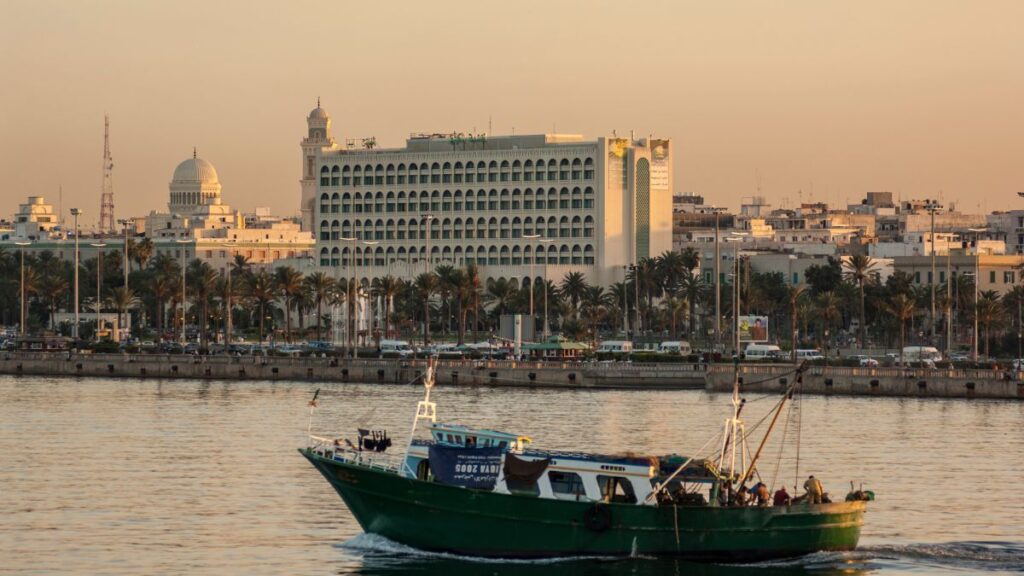
The Arab Spring was a series of uprisings and protests across the Middle East and North Africa, driven by political, economic, and social grievances. Rising food prices and high unemployment were significant factors fueling public discontent. The protests led to the overthrowing of several regimes and significant regional political changes.
The Arab Spring underscores the role of food security in social stability and the potential for economic hardship to ignite widespread movements for change. It remains a contemporary example of how food-related issues can trigger profound political transformations.
20 Foods No One Can Afford Anymore Due To Inflation

With the ever-rising living costs, some foods have become luxury items that only the wealthiest can afford. From exotic delicacies to once-affordable staples, the price hikes have made certain foods out of reach for the average consumer.
20 Foods No One Can Afford Anymore Due To Inflation
15 Foods Only The Wealthy and Elite Can Eat Now

Culinary trends are constantly evolving, and some foods have become more than just sustenance—they’ve become status symbols reserved for the elite.







